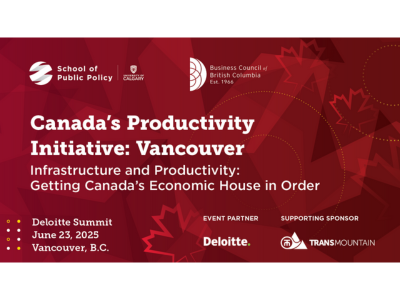Canadian Diplomacy Is Trade Diplomacy?
Earlier today as I write this – November 27, 2013 – International Trade Minister Ed Fast announced a new Canadian Global Markets Access Plan during a speech before the Economic Club. Minister Fast announced that the government will “concentrate its efforts on markets that hold the greatest promise for Canadian business—and focus on core commercial objectives within those markets.” The quote that resonated for many was his statement that “all of Canada’s diplomatic assets are harnessed to support the pursuit of commercial success by Canadian companies and investors.”
The reaction in the media has not been very generous. Several former diplomats decry this focus on “dollar diplomacy” by stating that Canada’s relationships abroad should be measured by what they can contribute to our wallets. International development types lament the move away from our focus on poverty alleviation. The truth is that this is absolutely nothing new: as far back as 14 years ago, two academics pointed out that “…defence, foreign aid, and foreign policy provide easy targets for government cost-cutters. Indeed, the only part of foreign policy that seems worthy of pursuit, according to economists, businesspeople, and all those obsessed by the deficit, is international trade.”[1]
The International Trade Plan outlines priorities for Canada, but there is much work to be done. While Canada has survived the global economic meltdown of 2008-09 better than most countries, our economy is growing too slowly to keep up with demands for public spending and investments. For example, according to the Bank of Canada while our Gross Domestic Product (GDP) and employment figures have recovered and are exceeding the pre-recession peak, exports have not recovered: Canadian exports are 5% below where they should be had our exports recovered to their pre-recession levels. This has resulted in $133 billion in losses to our economy.
We need more pipelines, more rail, more gateways to emerging markets
Also, private domestic demand is up 10%, and this has been driving the recovery, but this has impacted household debt which is up 25%, and represents 160% of household income according to recent figures also from the Bank of Canada.
There is strong agreement in the government that exports and investments must fill this gap in revenues and earnings.
But this is easier said than done.
Consider that 85% of Canada’s exports go to slow-growing advanced economies (US, EU), and only 9% go to fast-growing developing economies. It is known that Canada’s exposure to emerging markets is small compared to other countries such as Japan, Australia, and even the US.
Also, Canada’s product mix is skewed: while energy compensates for the weakness in the manufacturing sector – energy represents 20% of our exports – there is a looming bottleneck in terms of infrastructure to export our energy products (read pipelines and lack of LNG facilities) and this limits our potential for further exports.
Where do we go from here? The government realizes the need to increase its presence in emerging markets – but Canadian firms must do their part. And as others have been saying for quite a while, Canada needs to maximize the value of its commodities. This means we need more pipelines, more rail, more gateways to emerging markets. Therefore, I recognize that the government sees this new plan as a “partnership” to help Canadian business get our products to new markets.
[1] Rioux, Jean-François and Robin Hay (1999) “Canadian Foreign Policy, from internationalism to isolationism.” International Journal 54(1), p. 64.


